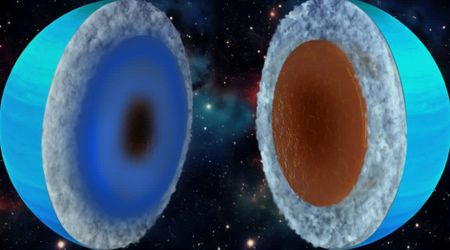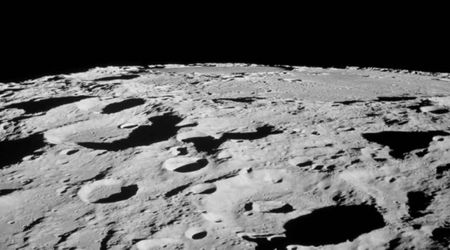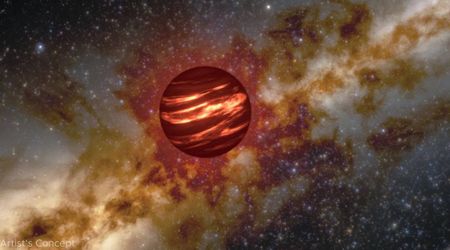NASA's Curiosity rover discovers a critical clue explaining why Mars is uninhabitable

New research sheds light on why Mars, despite evidence of ancient waterways, largely remained a desolate planet while Earth sustained life. A recent discovery by a NASA rover offers a crucial clue in this longstanding mystery, as per Phys.org.

A new study, published on July 2 in the journal Nature, suggests that while rivers once sporadically flowed on Mars, the planet was largely destined to be a desert. The research centers on the discovery of carbonate-rich rocks by NASA's Curiosity rover earlier this year. These carbonates, similar to limestone on Earth, act as a sponge for carbon dioxide, trapping it within the rock and removing it from the atmosphere.

According to lead study author Edwin Kite, a planetary scientist at the University of Chicago and a member of the Curiosity team, the presence of these rocks clarifies Mars' past. While Earth's climate benefits from a continuous cycle of carbon dioxide released through volcanic eruptions, Mars exhibits a "feeble" rate of volcanic outgassing. This imbalance disrupts the planet's ability to maintain a warm, hospitable atmosphere with consistent liquid water. The study modeling indicates that brief periods of liquid water on Mars were typically followed by 100 million years of barren desert, making the sustained emergence of life highly improbable. Kite noted that these "blips of habitability" were the exception, not the rule.
Despite the findings, the possibility of liquid water deep underground on Mars remains. NASA's Perseverance rover, which landed on an ancient Martian delta in 2021, has also identified signs of carbonates, further supporting this geological understanding. Scientists are now focused on finding more evidence of carbonates, with the ultimate goal of returning Martian rock samples to Earth for in-depth analysis. Both the United States and China are actively pursuing missions to retrieve these samples within the next decade.

Ultimately, this research contributes to the larger scientific quest to determine the prevalence of life-supporting planets in the universe. While thousands of exoplanets have been discovered, only Mars and Earth offer the unique opportunity to study planetary evolution through rock analysis. Should the future confirm that Mars never harbored even microscopic organisms during its watery periods, it would suggest the origin of life is a rare occurrence. Conversely, evidence of ancient Martian life would indicate that the "origin of life is easy on a planetary scale," as Kite suggests.
The latest findings on Mars' climate history offer a deeper understanding of the planet's evolution since its formation approximately 4.5 billion years ago. Like all other planets in our solar system, Mars coalesced from swirling gas and dust drawn together by the Sun's gravitational forces shortly after its nuclear fusion began. Over time, evidence has mounted that the cold, barren desert we observe today is a stark contrast to Mars' early history. A primary focus of Martian research is to unravel the events that stripped away these life-supporting features, transforming a once potentially habitable world into the Red Planet we know today. The recent discovery of carbonate-rich rocks provides a significant piece of this puzzle, explaining how Mars lost much of its atmospheric carbon dioxide, leading to its current frigid and arid conditions.









